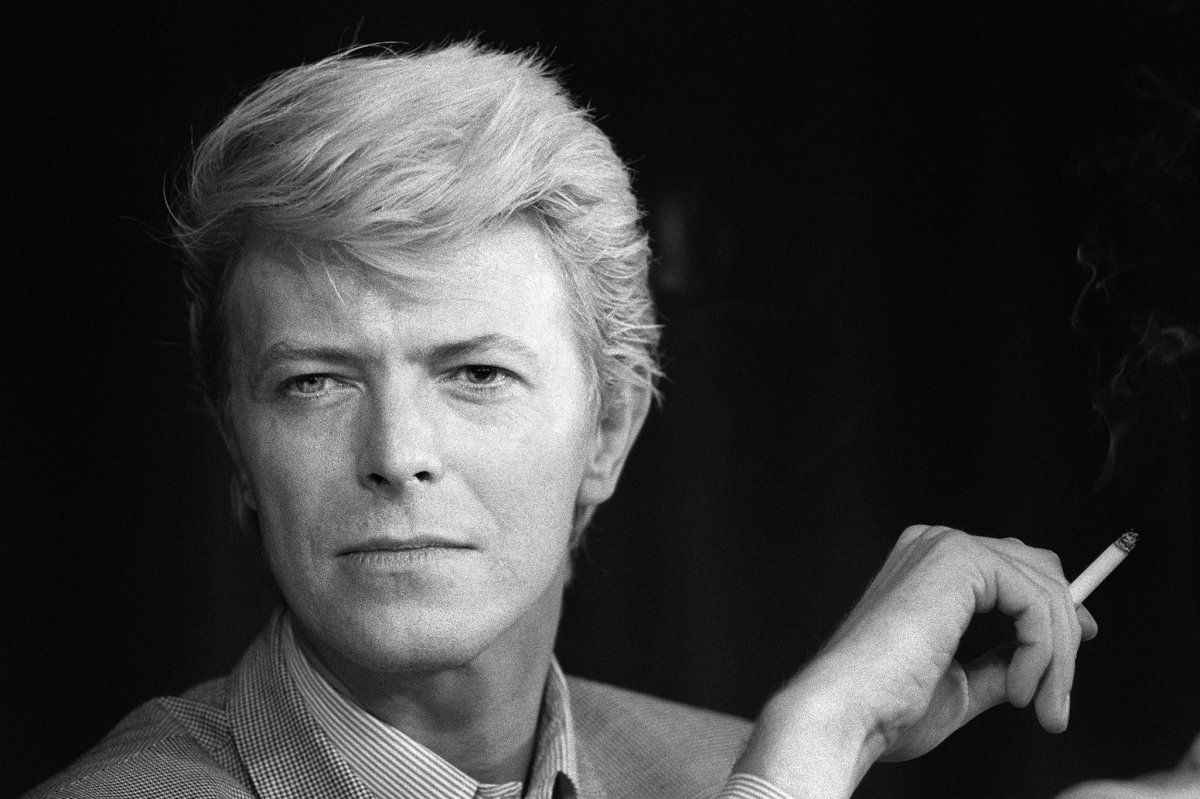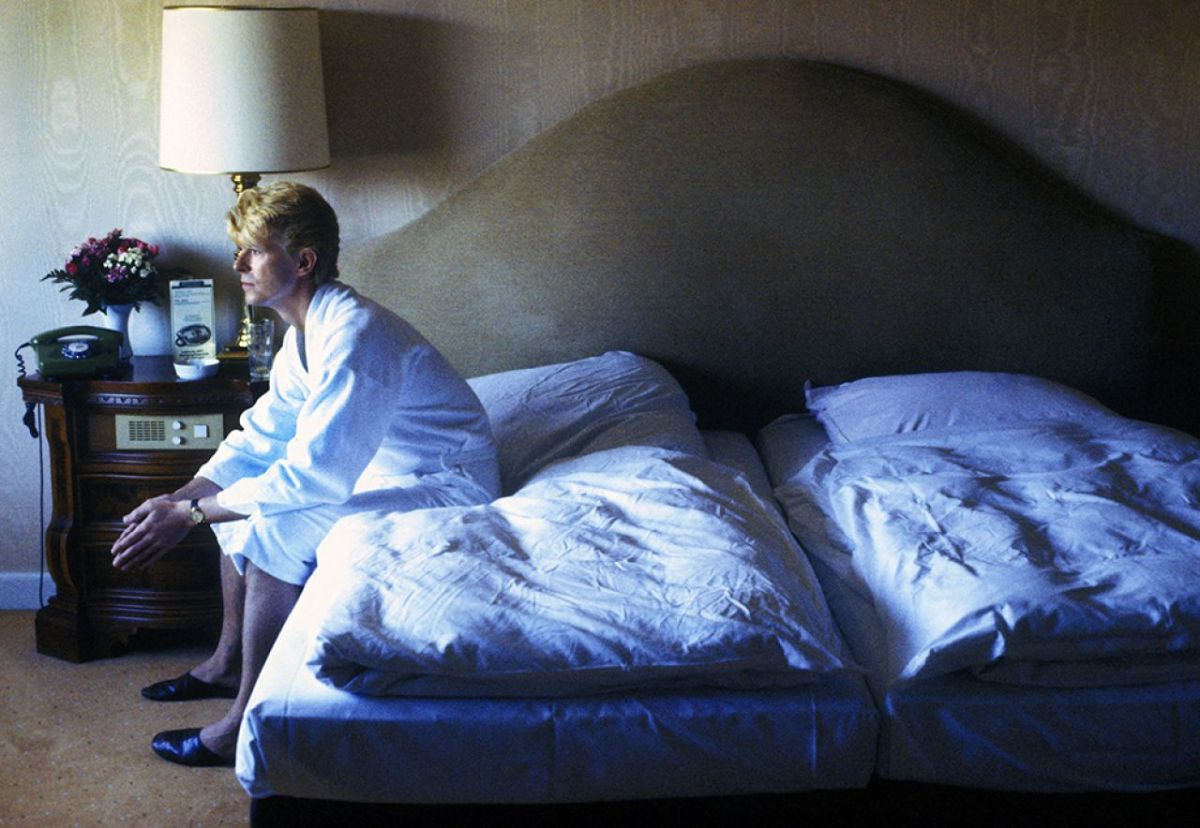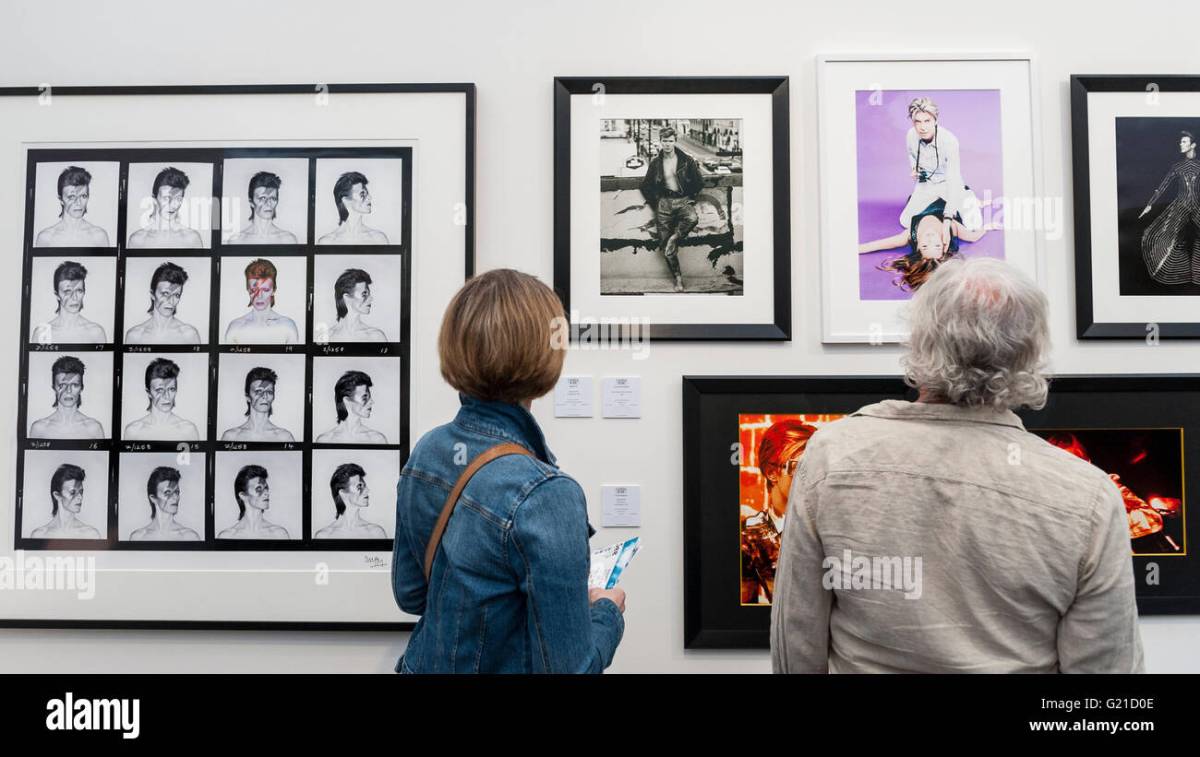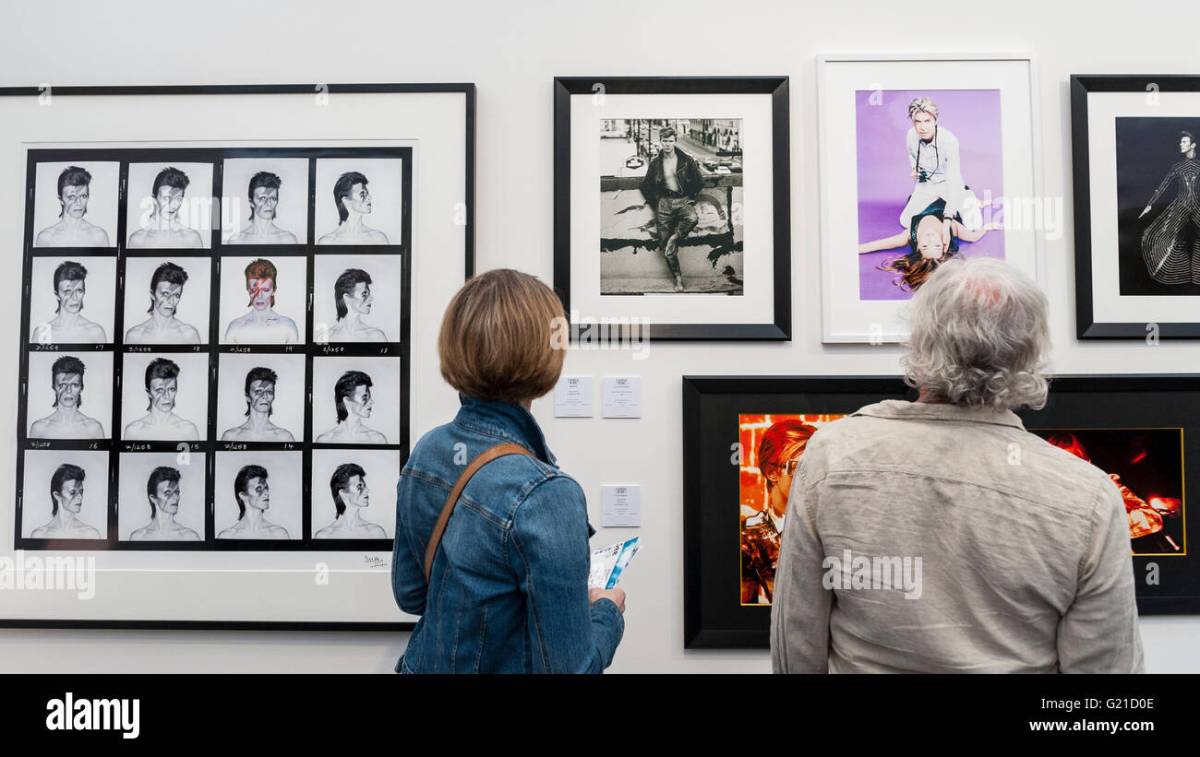Photographer’s David Bowie concert images unearthed after decades! Imagine stumbling upon a lost treasure trove of photographs capturing the iconic singer at the height of his creative powers. These newly discovered images offer a unique glimpse into Bowie’s electrifying stage presence, his innovative costumes, and the electric atmosphere of his concerts during a pivotal period in music history.
We’ll delve into the historical context, the photographer’s perspective, and the artistic merit of these remarkable images, exploring how they reshape our understanding of Bowie’s legendary career.
This discovery allows us to examine not only Bowie’s evolving stage persona but also the photographic techniques of the era, and the social and political backdrop against which his concerts took place. We’ll explore the potential motivations behind the photographer’s decision to keep the images hidden for so long, and analyze the relationship, if any, between the photographer and Bowie himself.
Prepare to be captivated by a journey through time, experiencing the raw energy and artistry of David Bowie like never before.
Unearthed Bowie: A Photographic Journey

The recent rediscovery of a previously unseen collection of David Bowie concert photographs offers a captivating glimpse into the iconic musician’s electrifying stage presence and the cultural landscape of his era. These images, hidden for decades, provide a unique perspective on Bowie’s artistry, his evolving stagecraft, and the socio-political context of his performances.
Historical Context of the Photographs
The photographs, assuming they depict Bowie during his 1970s heyday, capture a pivotal moment in music history. Bowie’s Ziggy Stardust persona, a flamboyant and androgynous rock star, challenged gender norms and societal expectations, resonating deeply with a generation grappling with social and political upheaval. The prevalent photographic technology at the time, likely film cameras with limited light sensitivity, would have influenced the images’ style, potentially resulting in grainy textures and a specific color palette reflecting the limitations of the era’s equipment.
The social and political climate was marked by the Cold War, social movements advocating for civil rights and gender equality, and the rise of glam rock as a powerful counter-cultural force.
The Photographer’s Perspective

Several factors could explain the photographer’s decision to keep the images hidden. Perhaps the photographer, feeling the images didn’t meet their own artistic standards at the time, or perhaps there were personal reasons or contractual obligations involved. The artistic choices made likely involved capturing the raw energy of Bowie’s performances, focusing on dynamic compositions and expressive lighting. The photographer’s relationship with Bowie, whether a close associate or simply a hired professional, would have significantly influenced the final product; a close relationship might have yielded more intimate and revealing shots.
Bowie’s Image and Stage Presence
A comparison of these unearthed images with Bowie’s public image at the time reveals a fascinating consistency. The photographs likely showcase the evolution of Bowie’s stagecraft and costumes, from the flamboyant Ziggy Stardust era to perhaps later, more subdued styles. The images could capture Bowie’s masterful interaction with his audience – a captivating dance between performer and spectator. One specific image might show Bowie in mid-song, his body language conveying raw emotion, his eyes locked on a fan, creating a palpable connection.
The Photographs’ Artistic Merit
The aesthetic qualities of the photographs are likely to be striking. The composition, lighting, and subject matter would work together to create a powerful visual narrative. The images’ impact on our understanding of Bowie’s artistry would be significant, offering a raw, unfiltered perspective on his creative process and stage persona. A hypothetical exhibition could feature chronologically arranged photographs, perhaps beginning with early, less polished shots and progressing to more refined, artistic images.
Each image could be accompanied by a short caption providing context and highlighting key elements.
Impact and Legacy

The rediscovery of these photographs is generating significant interest due to Bowie’s enduring legacy and the rarity of previously unseen material. The images could be showcased through various avenues, including coffee table books, museum exhibitions, and online galleries dedicated to Bowie’s work. Their long-term influence could involve re-interpretations of Bowie’s career, providing new insights into his artistic development and stage persona.
Illustrative Examples, Photographer’s David Bowie concert images unearthed after decades
Three distinct photographs could be described as follows: Image 1: A close-up shot of Bowie during a powerful vocal performance, captured in low light with a grainy texture, emphasizing the raw emotion on his face. Image 2: A wide shot of Bowie interacting with the audience, highlighting the energy of the crowd and Bowie’s commanding stage presence. Image 3: A candid shot of Bowie backstage, revealing a more relaxed and contemplative side of the performer, offering a counterpoint to the energetic performance shots.
| Image Number | Subject Matter | Photographic Technique | Artistic Impression |
|---|---|---|---|
| 1 | Close-up of Bowie singing, intense facial expression | Low-light, grainy film, shallow depth of field | Raw emotion, intimate connection |
| 2 | Bowie interacting with the audience | Wide-angle shot, capturing energy of the crowd | Dynamic, powerful stage presence |
| 3 | Bowie backstage, relaxed and contemplative | Natural lighting, candid composition | Intimate, reflective mood |
Closure
The rediscovery of these David Bowie concert photographs is more than just a historical find; it’s a powerful reminder of Bowie’s enduring legacy and his unparalleled impact on music and culture. These images offer a fresh perspective on his artistry, his stagecraft, and the connection he forged with his audience. Whether displayed in books, exhibitions, or online galleries, these photographs promise to captivate audiences for years to come, enriching our understanding of one of music’s most enigmatic and influential figures and sparking further exploration of his creative genius.
The images’ potential impact on future Bowie scholarship and appreciation is immense, ensuring his legend continues to inspire and amaze.
Common Queries: Photographer’s David Bowie Concert Images Unearthed After Decades
What type of camera was likely used to take these photos?
Determining the exact camera model requires more information, but considering the era, it was likely a high-end 35mm SLR camera, possibly a Nikon or Canon model popular among professional photographers at the time.
Where are the original negatives located?
The location of the original negatives isn’t specified in the provided Artikel, and that information would need to come from the source of the rediscovered photographs.
Will the photos be available for public purchase?
Whether the photos will be sold is dependent on the photographer and any agreements made regarding ownership and distribution rights. More information is needed to answer this definitively.
